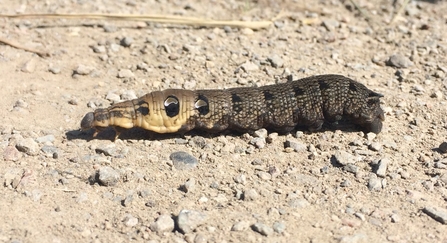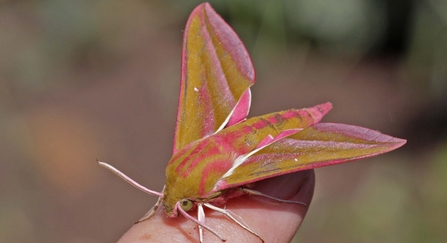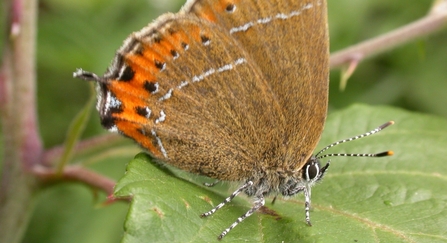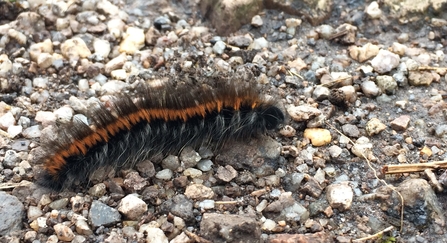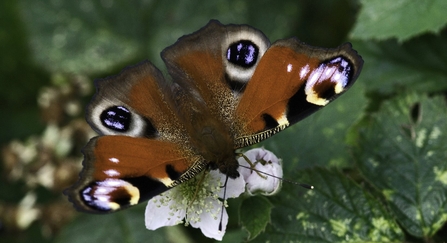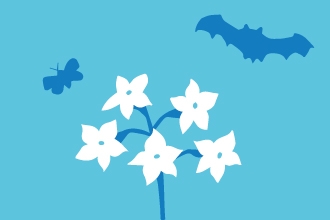When did you last see a caterpillar? They’re often cryptic creatures, with patterns that provide perfect camouflage as a piece of leaf, twig or bark.
An unwary eye could pass right over one without even noticing it – which is exactly the point as so many birds like to eat them. Many caterpillars are also nocturnal, spending the day hiding in cracked bark, amongst grass, or even underground!
Finding caterpillars can take a lot of luck, or patient searching. But some species become easier to spot as they reach their full size and wander in search of a place to pupate.
Every August and September, The Wildlife Trusts are inundated with messages about elephant hawkmoth caterpillars, with people excitedly sharing their sightings or asking for help with identification.


